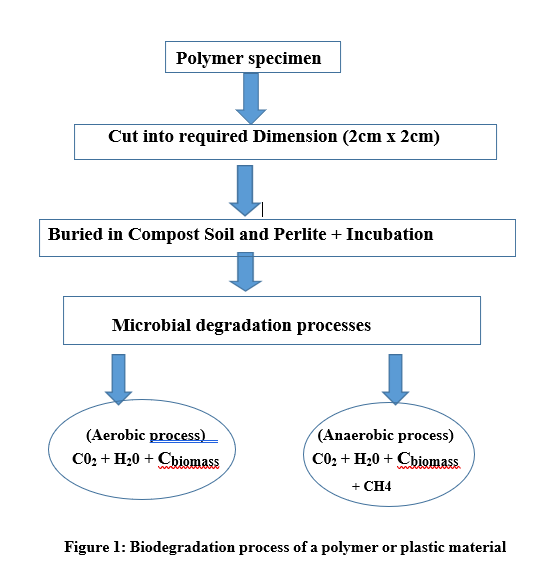Introduction
I am Dr. Omotola Esther Dada. I am Omotola Esther Dada, a Senior Lecturer and Acting Head of Department of Biological Sciences, Elizade University, Ilara-Mokin, Ondo State. A Fellow of the
Association of Commonwealth University (ACU), United Kingdom.
Preamble
As one of the First Cohort of 38 Scientist across the globe that was sponsored by Association of Commonwealth University (ACU), United Kingdom; I had the privilege to carry out my post-doctoral research in the year 2019 at Council for Scientific and Industrial Research (CSIR), Pretoria, South Africa. The Post-doctoral research focused on microbial biodegradation of plastic wastes both in soil and marine environments using the American standard Testing Methods (ASTM).
Bio-role in Plastic Waste Management Research
Plastic or polymer pollution is a challenging issues across the globe. Due to their extensive industrial and domestic applications, there is an ever-increasing trend towards the production and consumption of plastics. A wide spectrum of these polymers is non-biodegradable with few exceptions. However, the use of bioplastics have been suggested as a feasible solution to problem of petro-based plastics. Many countries of the world have used various methods such as recycling to reduce the debacle of plastic pollution. Some methods may be successful, however, the use of biocontrol to handle bioplastic wastes is a green and affordable method which can be employed by identifying potential microbes that are responsible for the biodegradation of plastic wastes.
In carrying out the microbial biodegradation of plastic wastes in vitro, the soil or aquatic burial degradation test is important. The rate of microbial degradation of plastic wastes samples such as renewable resource-based bioplastics polybutylene succinate (PBS) blended with starch films could be compared to non-biodegradable petroleum-based Polyethylene films. In addition, a biodegradable material cellulose such as microcrystalline cellulose powder can be used as positive reference material and Blank.
The test material of 0.5 g were cut into 2 cm by 2 cm sizes and sandwiched respectively in between the mixture of the compost soil and perlite in sterilized respirometric jar with 1000 ml capacity. Every 2-3 days incubation time, the amount of carbon dioxide evolved and percentage rate of biodegradation were assessed using titration method. During the biodegradation test, to analyze the behaviors of the materials before and after incubation, the test samples were characterized by DSC, TGA, FT-IR and SEM. Consequently, the mineralization study for plastics should be designed to achieve an ideal extent of biodegradation by providing sufficient aeration and humidity to the soil environment.
Besides, this test requires that the carbon dioxide output from the reference material should be more than 70% and for blank this should be 20% during both the plateau phase and at end of the test. Fragments of the test bioplastic samples were withdrawn and subjected to analytical characterization. The weight loss, changes in chemical structure, microbial degradation on the bioplastic film surfaces are revealed after the biodegradation testing procedures.

SUMMARY OF BIO-ROLE IN IN PLASTIC WASTES MANAGEMENT
The test is designed as a respirometric biodegradation test method using biometer flask.
The criteria and the requirement above are necessary to assess the validity of any biodegradability test. Hence, deviations from these criteria shall be regarded as a null or invalid test. The standard test method is reliable and can be used to test all polymers from natural and synthetic origin, copolymers or mixtures that contain additives such as plasticizers, colorants or water-soluble polymers. Consequently, this test method is designed to achieve an ideal extent of biodegradation by providing sufficient aeration and humidity to the environment.
